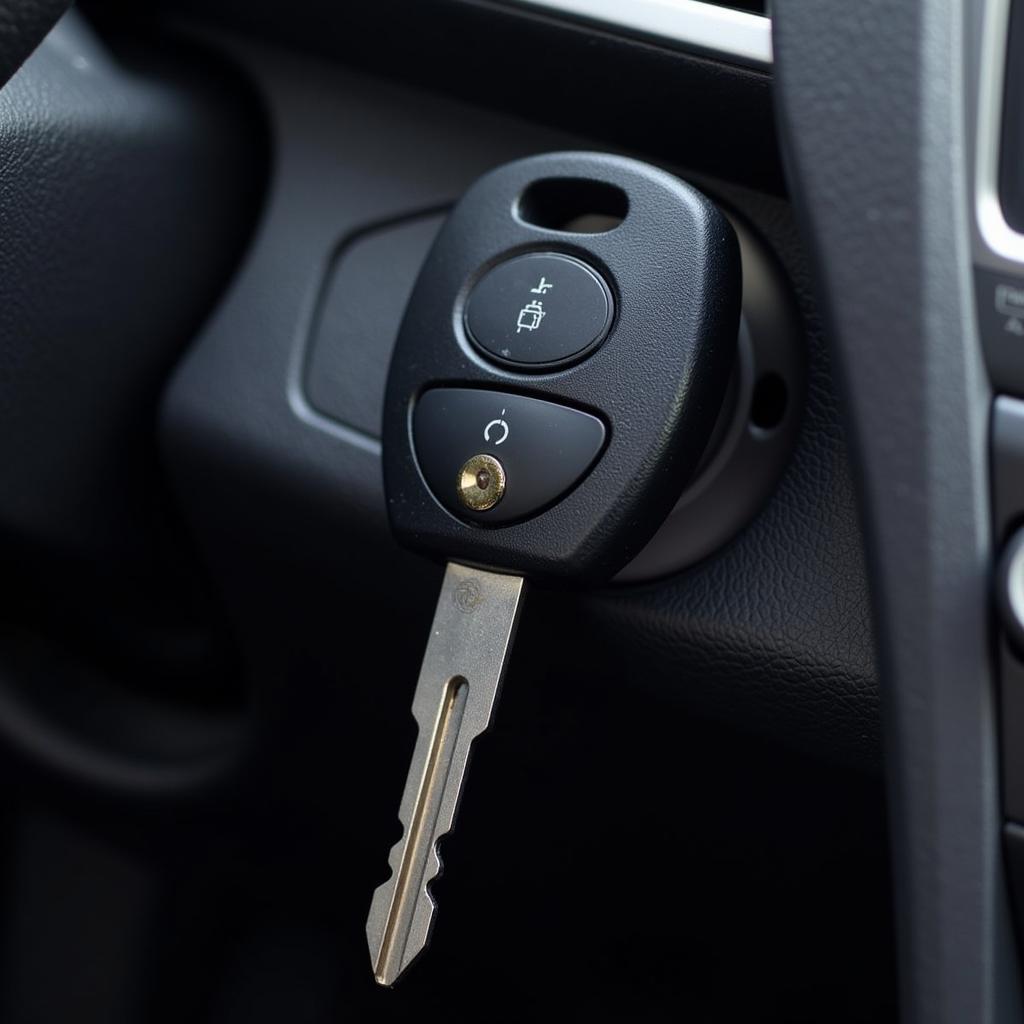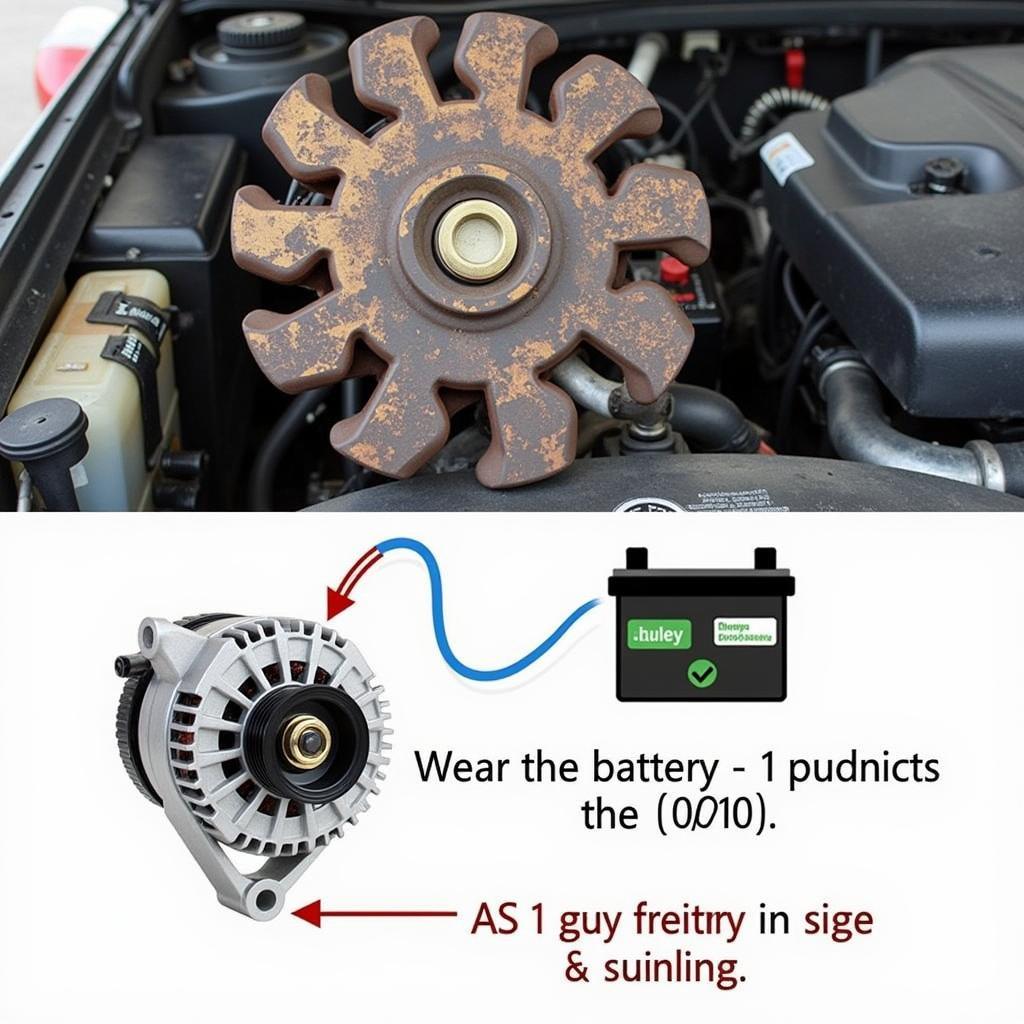Anti-theft screws can be a real pain, especially when you’re trying to do some DIY work on your car. Whether you’re dealing with a stubborn car stereo or need to access a component protected by these specialized fasteners, removing them requires the right tools and techniques. Let’s delve into the world of anti-theft screws and explore how to remove them effectively.
Understanding Anti-Theft Screws and Their Purpose
Anti-theft screws, as their name suggests, are designed to deter theft and vandalism. Unlike standard screws with a simple slot or cross-shaped head, anti-theft screws feature unique drive designs that require specialized tools for removal. This added layer of security helps protect valuable components in your vehicle, such as your car stereo, license plates, and even wheels.
Identifying Anti-Theft Screws
Before you can remove an anti-theft screw, you need to identify what type you’re dealing with. Here are a few common types:
- One-Way Screws: These screws can be driven in with a standard screwdriver, but they cannot be unscrewed.
- Pin Head Screws: These screws have a small pin in the center of the drive recess, preventing standard drivers from engaging.
- Spline Drive Screws: Featuring a six-pointed star-shaped drive, spline drive screws require a specific tool for removal.
Essential Tools for Removal
Having the correct tools is crucial for successfully removing anti-theft screws without causing damage. Here’s what you’ll typically need:
- Anti-theft Screw Removal Bit Set: These sets come with various bits designed to fit a wide range of anti-theft screw heads.
- Screwdriver Handle: Choose a sturdy handle that provides a comfortable grip and good torque.
- Pliers (Optional): In some cases, you might need pliers to hold the screw steady while loosening.
Step-by-Step Guide to Removing Anti-Theft Screws
- Identify the Screw Type: Carefully examine the screw head to determine the type of anti-theft design it uses.
- Select the Correct Bit: Choose the corresponding bit from your anti-theft screw removal set that matches the screw head.
- Secure the Bit: Insert the chosen bit securely into your screwdriver handle.
- Apply Firm and Steady Pressure: Position the bit firmly into the screw head and apply steady pressure while turning counter-clockwise to loosen. Avoid excessive force, which could strip the screw head.
- Remove the Screw: Once loosened, continue turning the screw counter-clockwise until it’s completely removed.
Common Challenges and Solutions
- Stripped Screw Head: If the screw head becomes stripped, you can try using a rubber band or a small piece of duct tape between the bit and the screw head for added grip.
- Difficult-to-Reach Screw: For screws in tight spaces, consider using a flexible screwdriver extension or a right-angle screwdriver.
FAQs: Anti-theft Screws and Automotive Diagnostics
Q: Can I use regular pliers to remove anti-theft screws?
A: It’s not recommended to use regular pliers as they can easily damage the screw head, making removal even more difficult.
Q: What if I don’t have the correct anti-theft screw removal bit?
A: If you’re unable to find the right bit, a locksmith or a mechanic specializing in automotive electronics may be able to assist.
Q: Can software diagnostics help with anti-theft systems?
A: Yes, certain diagnostic tools, like those offered by Cardiagtech, specialize in communicating with your car’s anti-theft system. These tools can be invaluable for troubleshooting issues, but it’s important to note that tampering with your vehicle’s security system without proper knowledge can have legal consequences.
Seeking Expert Assistance
While removing anti-theft screws can be a manageable DIY task, sometimes, it’s best to leave it to the professionals. If you encounter persistent difficulties or are uncomfortable working with your vehicle’s security components, don’t hesitate to seek assistance from a qualified automotive technician. For specialized diagnostic services and solutions, consider exploring the offerings of CARDIAGTECH, a trusted name in automotive diagnostic equipment and support. They can provide expert guidance and ensure the job is done safely and correctly.


